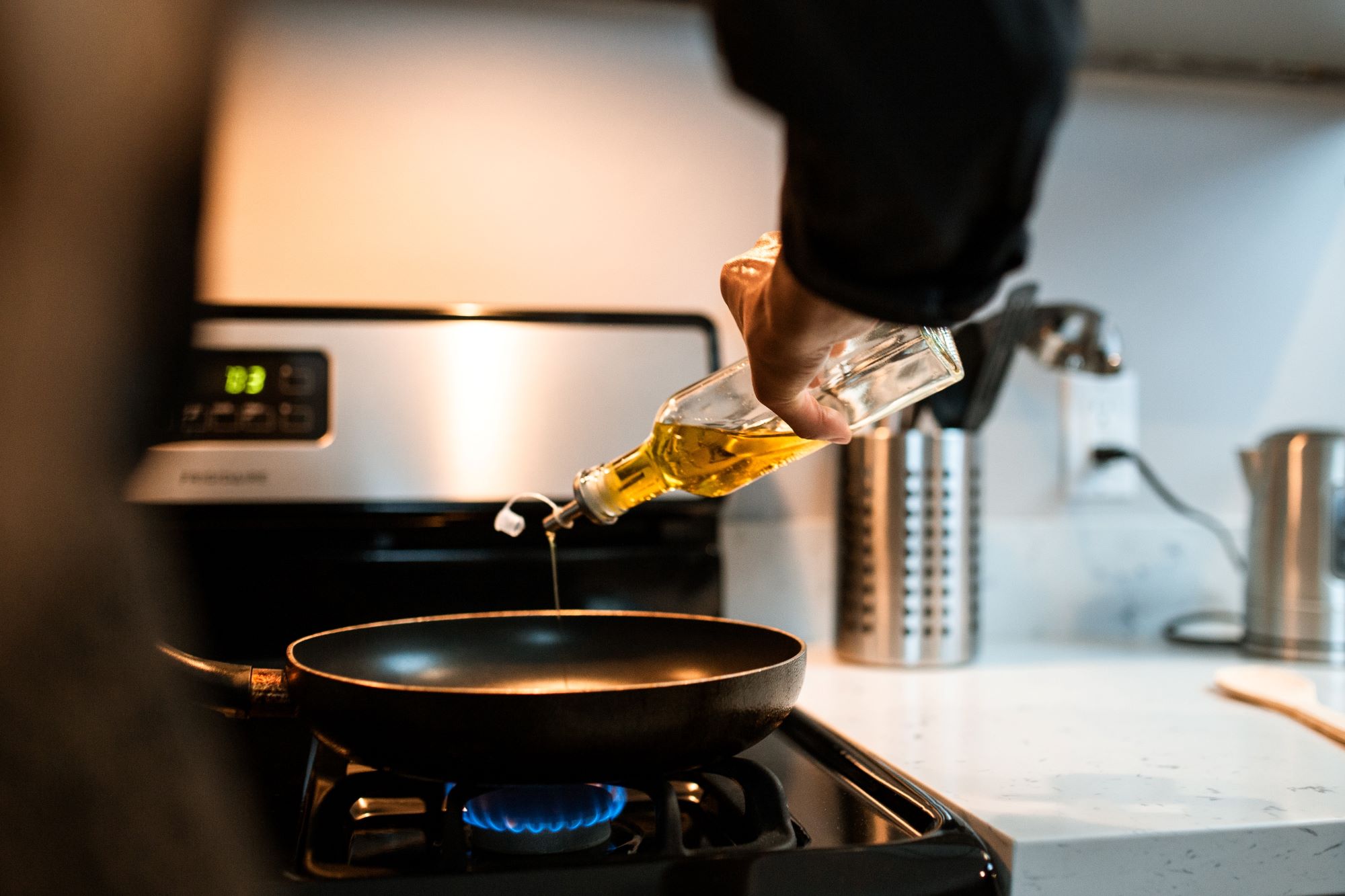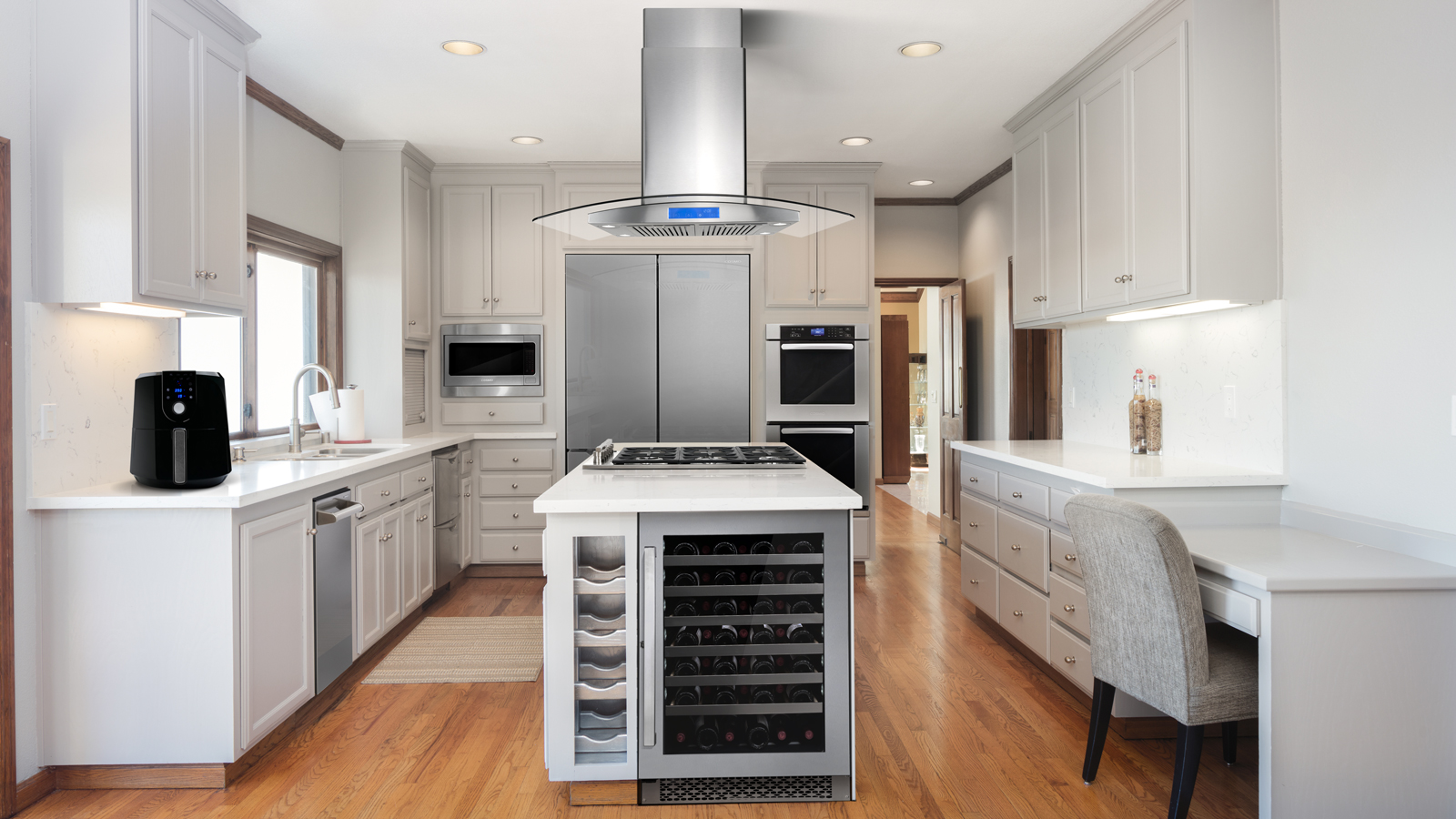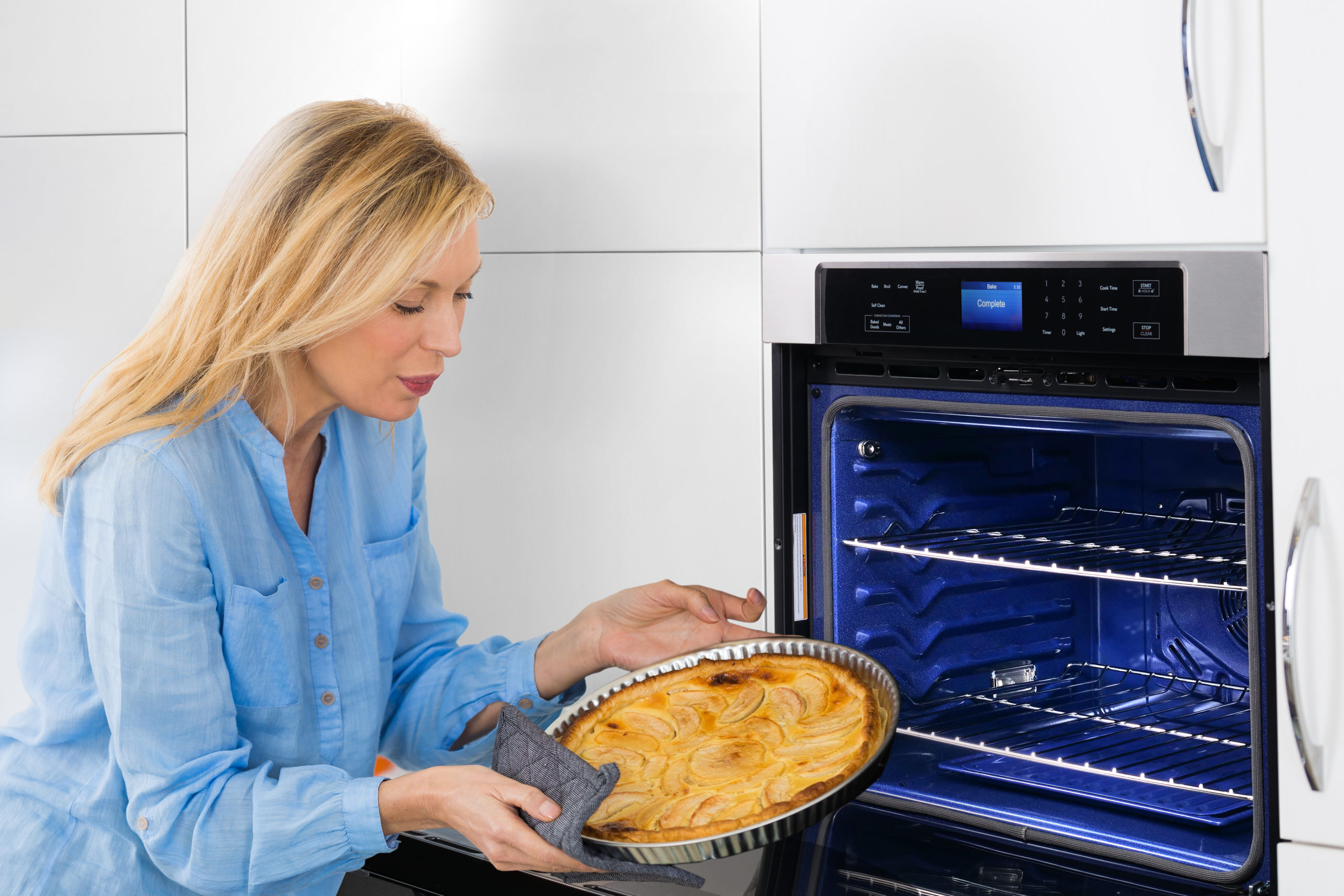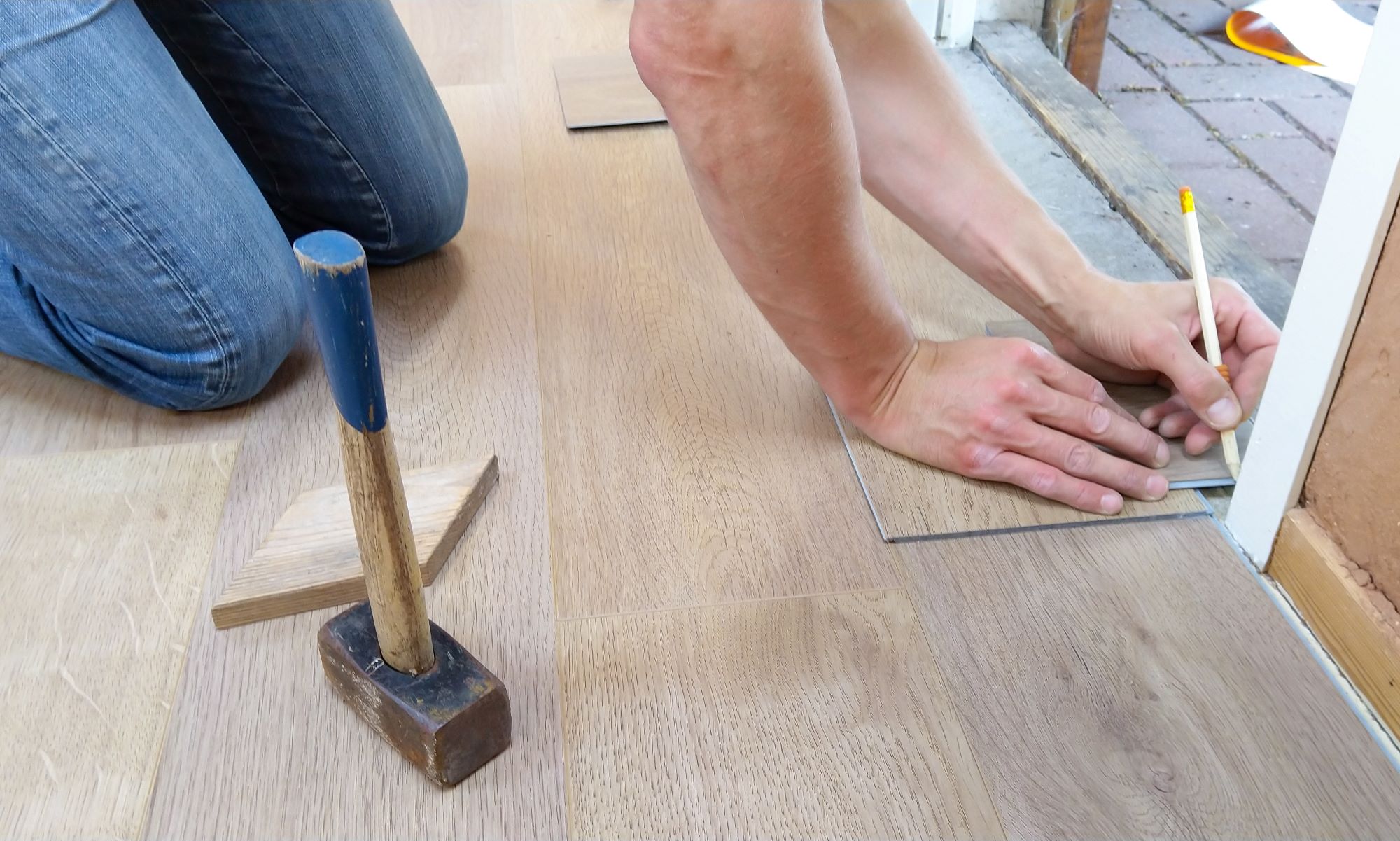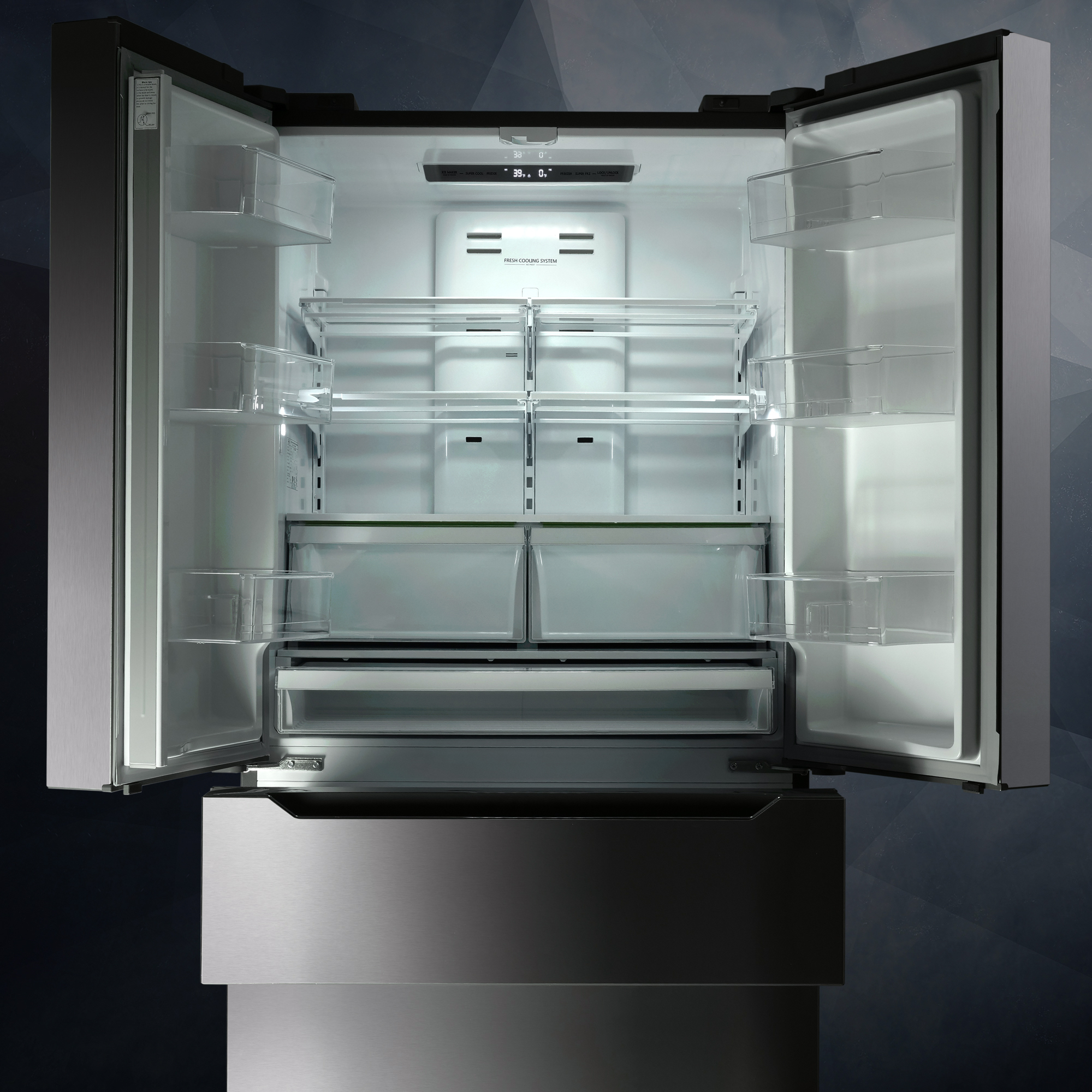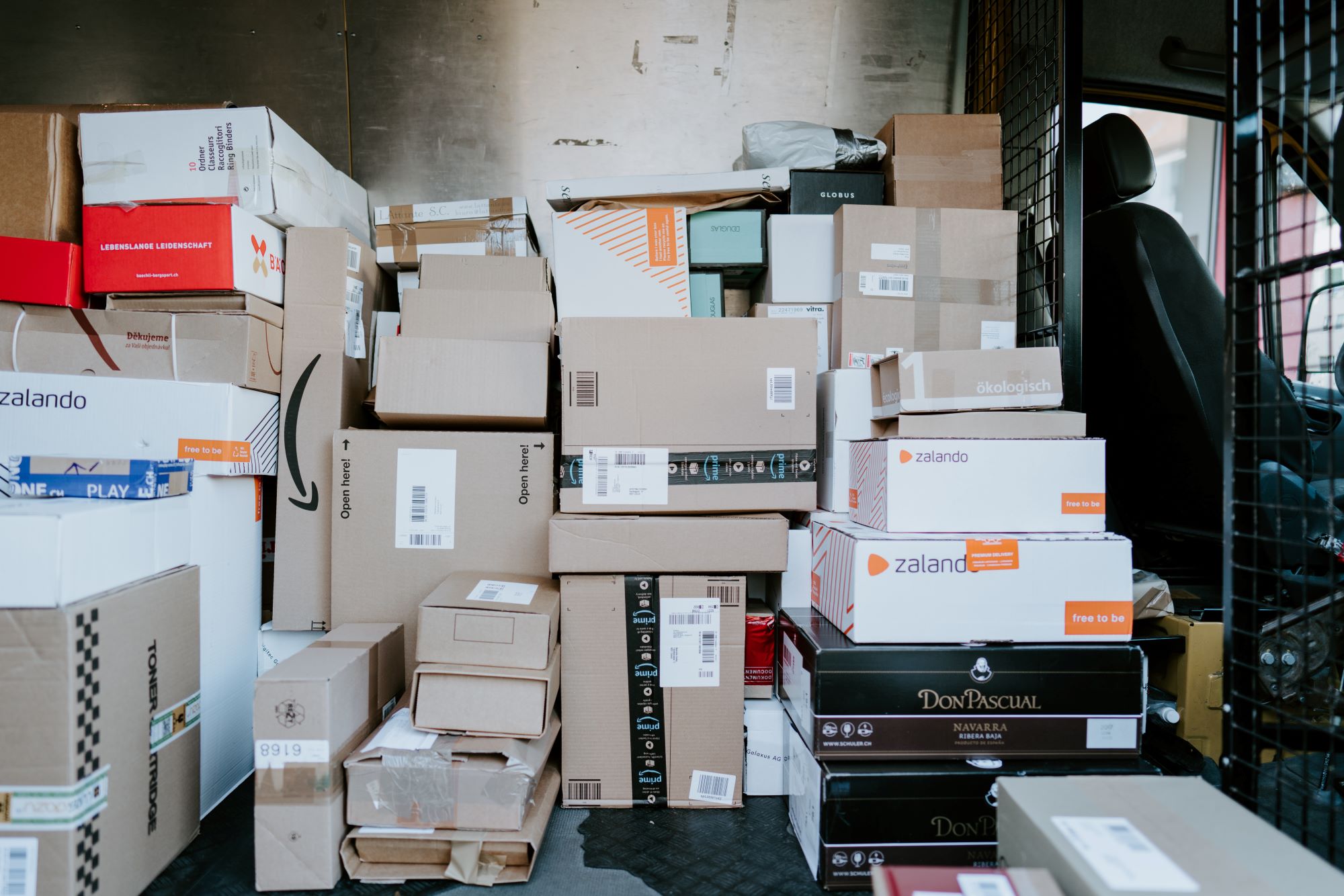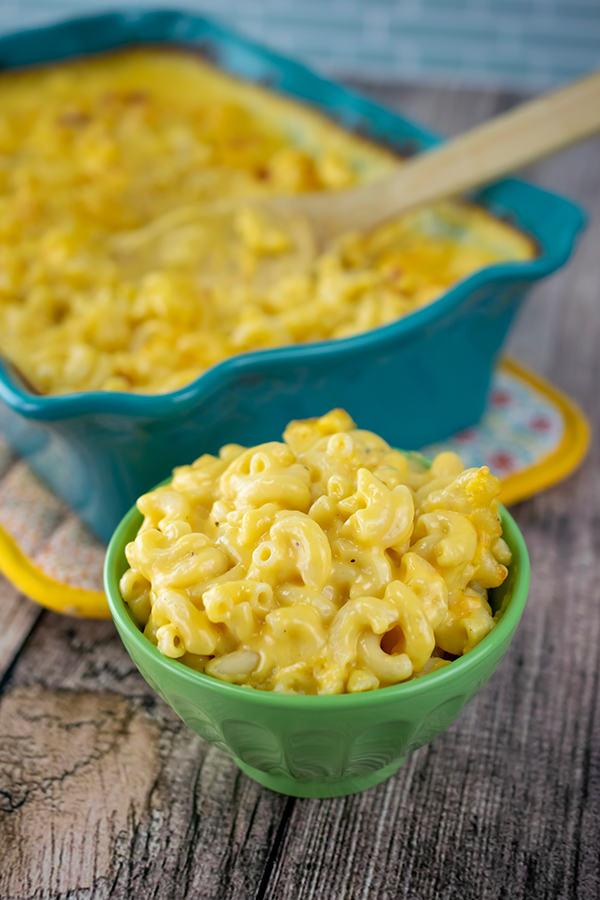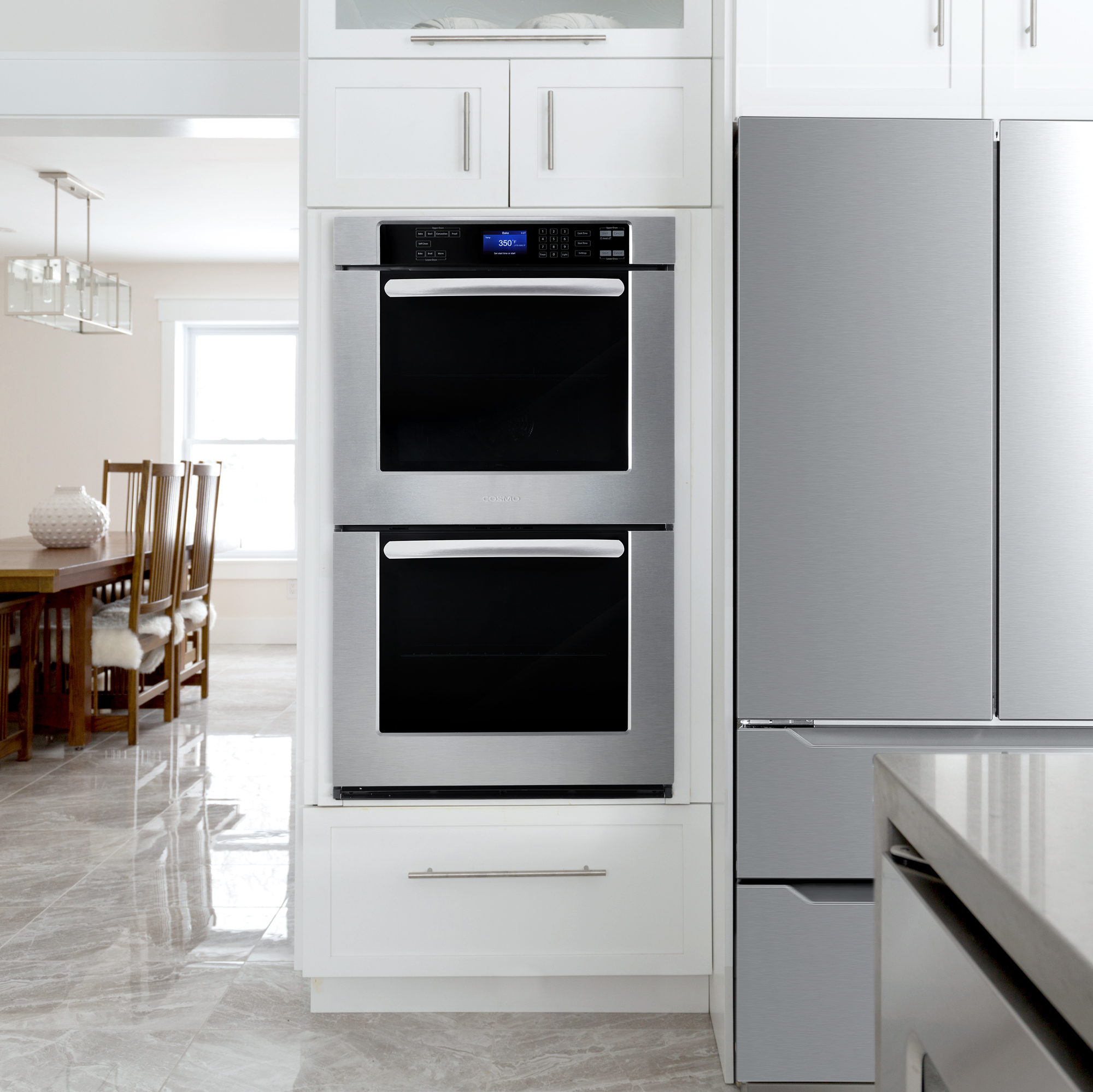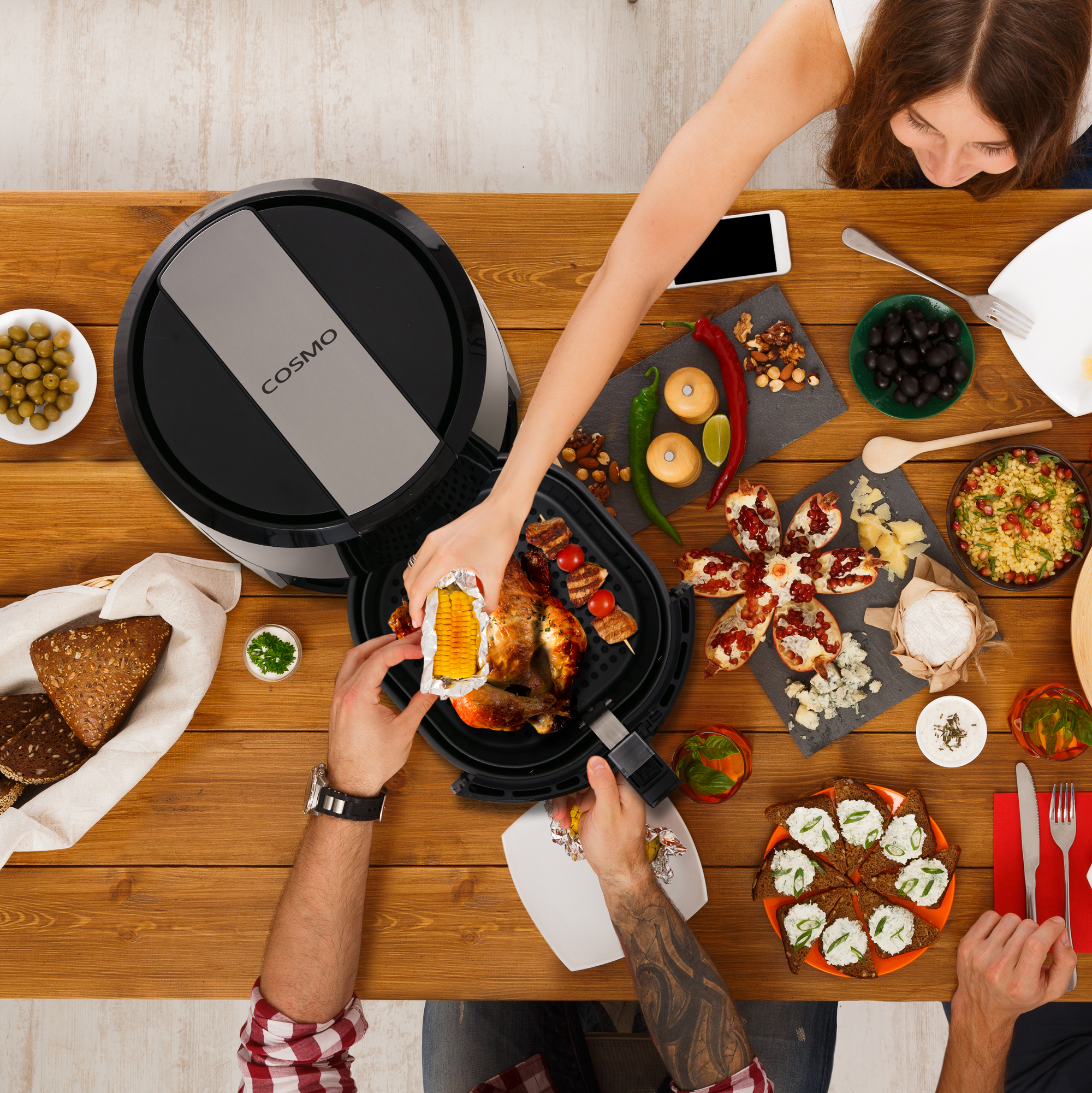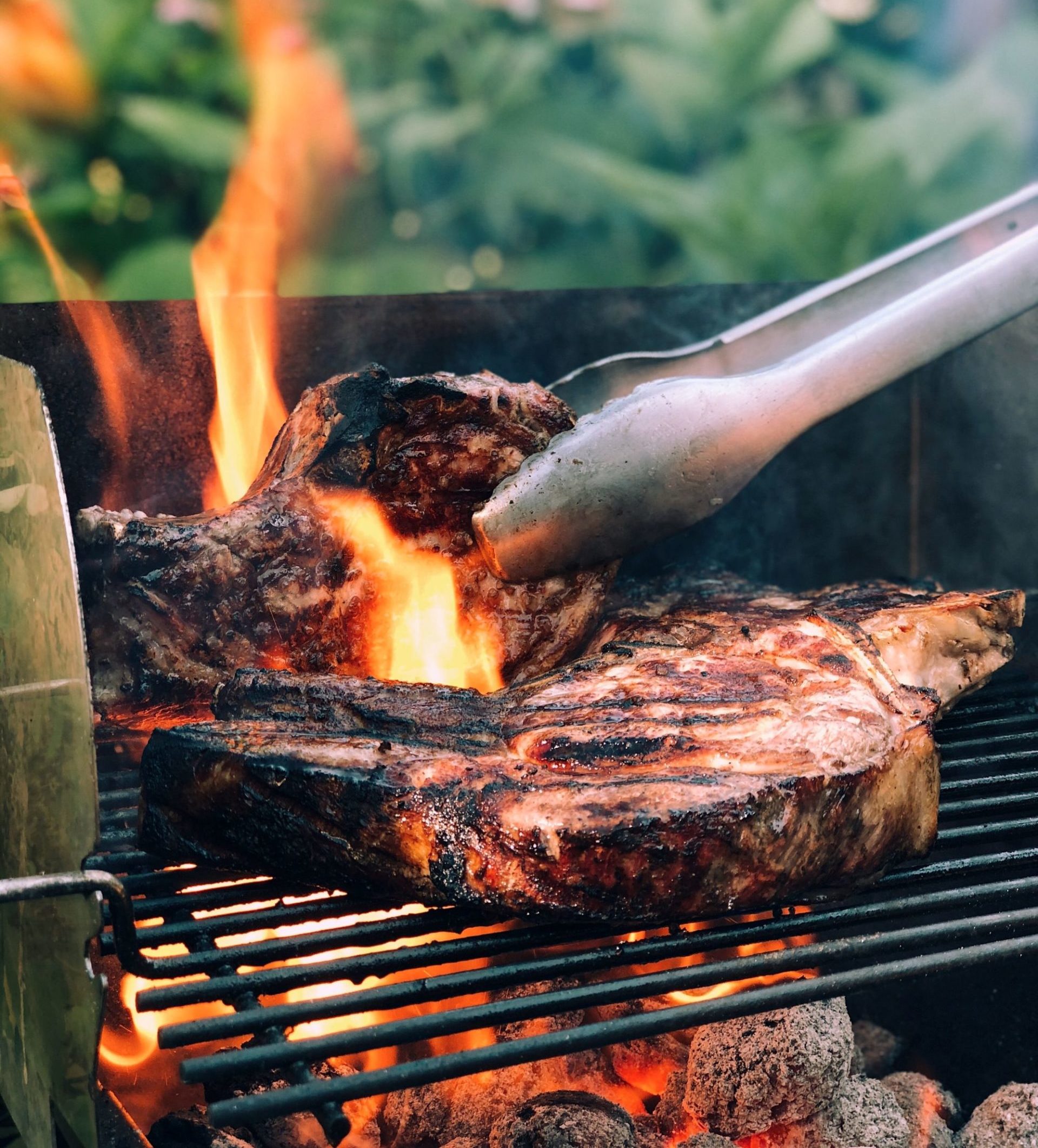Heat and Oil in the Kitchen
Are you confident when it comes to heating up oil? Do you ask yourself when you should know if it’s hot enough or which kind to use? We have you covered in this complete guide to heat and oil when cooking. You can often find heat and oil at the beginning of many recipes. Here are some of the ways you can make sure your food comes out to a perfect meal instead of a soggy disappointment. The Oil. Each oil has its own unique properties when heated. In general canola and vegetable oil are more versatile while olive oil is great for lower-heat. Avoid cooking with flavored or finishing oils such as walnut or pistachio oils. These are known to be better for dressings and tend to have lower smoke points. Before Cooking. Be sure to check that your ingredients are completely dry. Tossing freshly washed ingredients will result in the water bursting into steam, causing oil to splatter. Take some time to properly heat up your pan. There is some debate whether you should heat up the pan before the oil. Regardless of your method, the oil should be hot enough before placing food as you want it to sizzle and not soak into your food. Checking Your Oil. There are several ways you can check if your oil is at the right temperature. First, when you pick up your pan and swirl around the oil, it should move quickly like water. Look for “fingers” in the oil or places where the oil looks to stretch and shimmer. When placing food in the oil, small bubbles should immediately appear. If they don’t your oil isn’t hot enough and won’t give you the flavor you want. If your oil is smoking it’s too hot. Remove the oil and pour it into a heat-proof container like glass or ceramic, then start the process over again. Are you looking for more from Cosmo? Be sure to follow us on our Facebook and Instagram! Sources: The Kitchn

